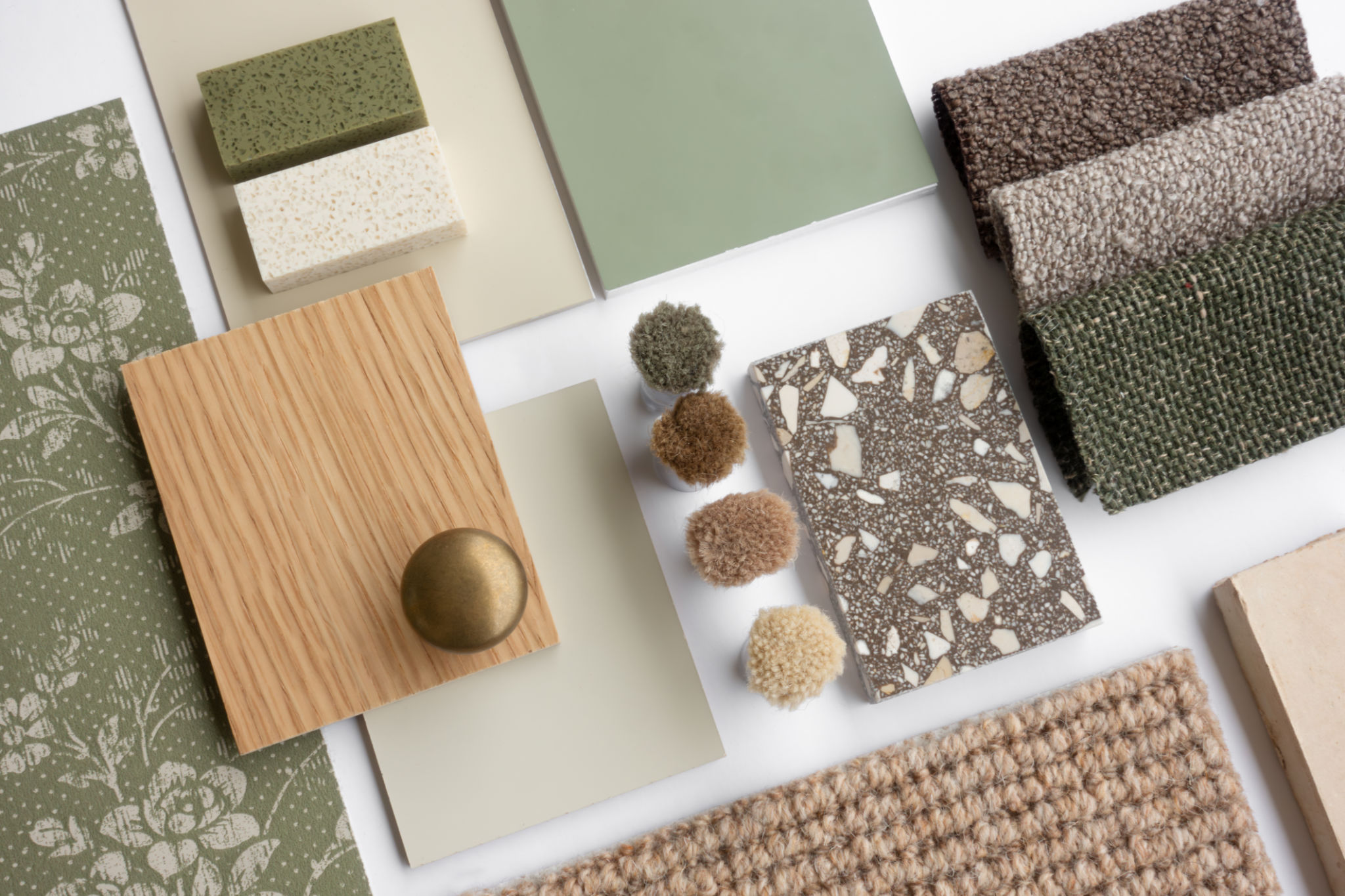Expert Advice: How to Choose Eco-Friendly Flooring
Understanding Eco-Friendly Flooring
Choosing the right flooring for your home or office can be daunting, especially when you aim to be environmentally conscious. Eco-friendly flooring options are not only better for the planet but also offer numerous benefits for your health and home aesthetics. This guide will help you navigate the world of sustainable flooring choices.
Eco-friendly flooring is made from sustainably sourced materials and involves manufacturing processes that have minimal impact on the environment. These materials often contribute to improved indoor air quality by reducing pollutants and allergens. Selecting the right eco-friendly flooring can significantly reduce your carbon footprint while adding a touch of elegance to your space.

Sustainable Materials to Consider
When considering eco-friendly flooring, it's essential to look for materials that are renewable, recyclable, or biodegradable. Here are some popular sustainable flooring materials:
- Bamboo: Known for its rapid growth, bamboo is a highly renewable resource that offers a sleek and modern look.
- Cork: Harvested from cork oak trees without harming them, cork is durable and provides excellent insulation.
- Reclaimed Wood: Repurposing wood from old structures reduces waste and preserves forests.
Benefits of Eco-Friendly Flooring
Opting for eco-friendly flooring comes with a range of benefits that extend beyond environmental impact. First, many sustainable flooring options are free from harmful chemicals, promoting better indoor air quality. Additionally, these materials often have superior durability, ensuring a longer lifespan and reducing the need for frequent replacements.

Eco-friendly floors can also enhance the aesthetic appeal of your home. With various styles and finishes available, you can find an option that complements your design preferences while aligning with your commitment to sustainability.
Key Considerations When Choosing Eco-Friendly Flooring
Before selecting your eco-friendly flooring, consider factors such as cost, installation process, and maintenance requirements. While some sustainable options may have a higher upfront cost, their longevity and low maintenance can offer savings over time.
It's also important to ensure that the materials are certified by reputable environmental organizations. Look for certifications such as FSC (Forest Stewardship Council) or Cradle to Cradle, which guarantee sustainable sourcing and production practices.

Installation and Maintenance Tips
Proper installation is crucial to maximize the benefits of eco-friendly flooring. Consider hiring professionals who specialize in sustainable materials to ensure the best results. Additionally, follow manufacturer guidelines for cleaning and maintenance to prolong the life of your flooring.
Regular maintenance can help maintain the appearance and durability of your eco-friendly floors. Use gentle cleaning products and avoid harsh chemicals that could damage the material or negate its environmental benefits.
Conclusion
Choosing eco-friendly flooring is a smart investment for both your home and the environment. By understanding the various materials and their benefits, you can make an informed decision that matches your style and sustainability goals. Prioritize certified products and professional installation to enjoy beautiful, long-lasting, and environmentally responsible floors.
